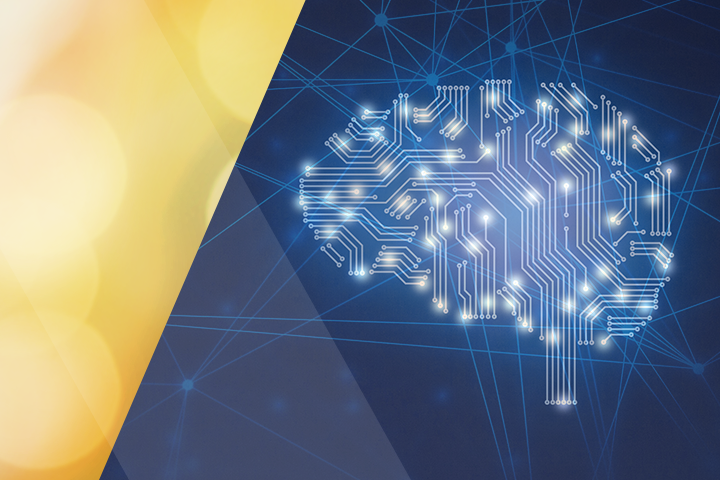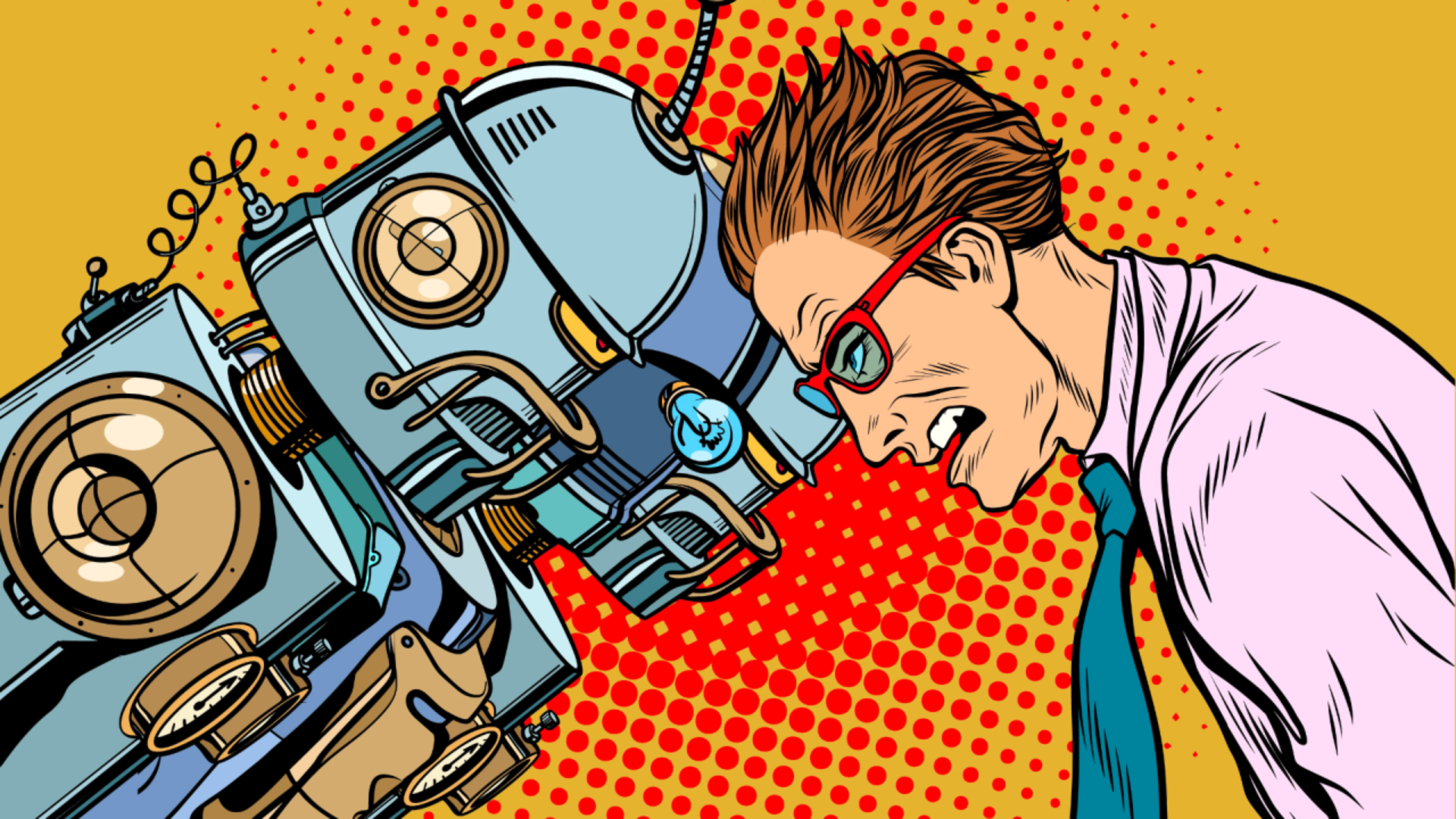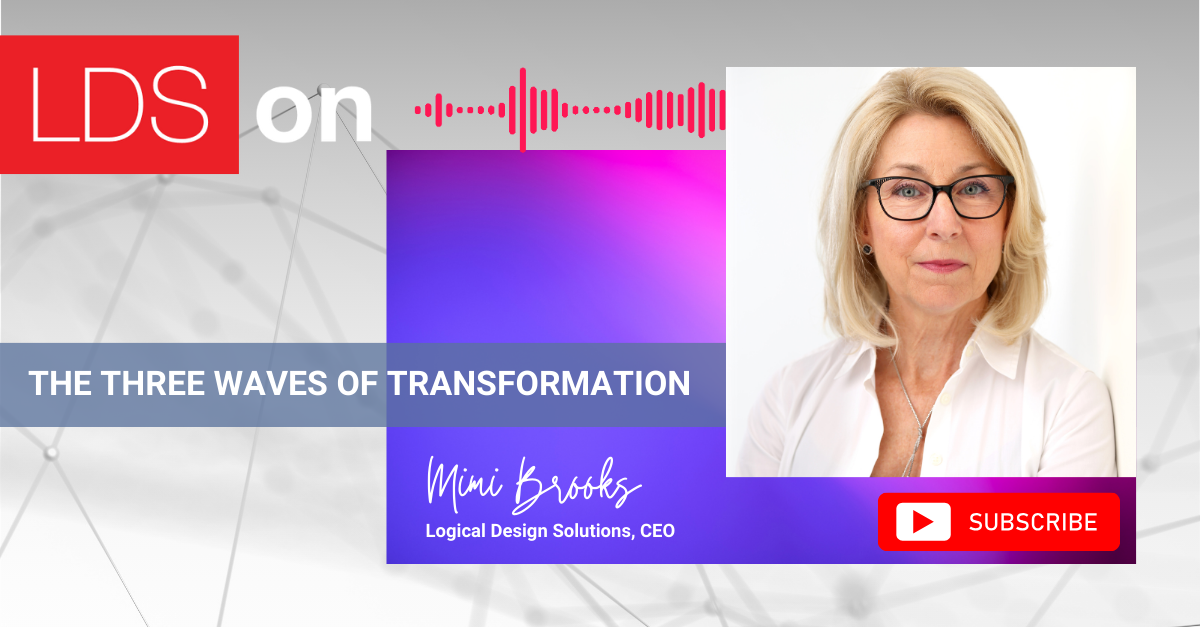6 min read
The Future of Content Strategy in the Digital Enterprise
The future of content is intimately linked to the future of work. And the future of content in the age of AI is limited only by the operational...
Employees, as business consumers, expect consumer-grade digital experiences when they are at work. Innovations in content delivery, combined with increasingly sophisticated abilities to harness the power of data, have led them to expect instant access to personalized content when and where they want it. The delivery of relevant, contextualized experiences is now so pervasive most people don’t realize how well it works until they don’t have it. Compounding these factors is the growing presence of tech-savvy Millennials in the workforce. As a generation born and raised in a digital world, they are shaping how information is created, distributed, and managed. A challenge every organization now faces is how to deliver the right content, to the right people, at the right time. It’s the consumerization of the enterprise.
The consumerization of enterprise content, the digitization of the enterprise, and an alignment between the external brand and internal culture are imperative. Organizations that don’t keep up with these trends when imagining, or re-imagining, their digital employee experience risk alienating a large percentage of their workforce.
A responsive design is a good start, but it isn’t enough. The goal of responsive design is to build web pages that detect the visitor’s screen size and orientation and change the layout accordingly. It does not affect the actual content being delivered. Every person receives the same information, regardless of their unique needs.
Adaptive content, which uses responsive design, delivers the most personalized, contextual content available, and provides the means for creating essential digital experiences. For truly flexible content that meets the individual needs of a vast group of users, you need a comprehensive content strategy – one that delivers the content that users want, when and how they want it.
"Content needs to be freed from the repositories in which it is currently held captive, and adapt to this changing environment."
-LDS
In just four years it is expected that the most technologically savvy generation of our time — Millennials — will make up 50% of the workforce in the U.S.1 With their unique generational attributes, Millennials are changing how organizations recruit, train, reward, and communicate with employees. They expect workplace technology to align with the seamless, personal, and empowering experiences they encounter outside of the workplace. Organizations need to deliver consumer-grade digital experiences. Those that keep up with these trends will have a workforce that is more engaged, collaborative, and productive. Organizations that don’t keep up risk alienating a large percentage of their workforce.
When an organization’s internal culture is not reflective of its external brand, the misalignment can negatively affect everything from recruiting and retention to internal knowledge sharing, managerial effectiveness, and overall day-to-day efficiencies. Creating a mobile version of a web application that works on a smartphone is a step toward creating a multi-channel experience, where an employee can interact with the same content, using the device of their choosing. The next evolution, an omni-channel experience, leverages corporate assets and data to harmonize the multi-channel experience, blurring the distinction between channels to provide a unified story. When organizations envision and invest in an omnichannel employee experience in the same way they envision the customer experience, issues of employee engagement are addressed holistically. (Learn more about the omni-channel experience by watching A Blurred Line and the Omni-channel Experience.)
One area where organizations should focus their attention is delivering essential digital experiences and capabilities based on user needs, behaviors, and attributes. The experience a new hire requires vastly differs from that of a seasoned manager, which differs from the employee who is approaching retirement. Recognizing this fact is a step towards realizing that not only does the delivery of content need to adapt (the how), but the actual information provided needs to adapt (the what). Enterprise content needs to be freed from the repositories in which it is currently held captive and adapt to this changing environment.
When we free content from the confines of design and device specifications, we make it future-friendly. Future-friendly content has been structured and stored outside any user interface.2 It requires a content strategy that places an emphasis on the channel. As the channels and devices on which people rely continue to grow and change – from laptops to tablets to phones to watches (to who knows what’s next) – we can no longer be safe in our assumptions regarding how, or when, people will interact with content. We must move away from static, unstructured content, and move towards dynamic, flexible, structured content. Structured content is the first step in creating adaptive content — a key to providing contextual, personalized employee experiences.
Unstructured content, often in the form of large bodies of text, tends to be a by-product of most content management systems and web production tools that rely on WYSIWYG editors. While useful for content publishers, content created in this way is constrained by the page format, is not device agnostic, and lacks opportunities for content reuse. It is not flexible. It cannot adapt. It may look good on a single web page, but chances are that’s the extent of its value. This one-size-fits-one approach to content design no longer works.
Structured content, content that has been broken down into discrete pieces, can be combined in different ways, for different devices, contexts, and audiences. By structuring content, it becomes more flexible and can be used to form unique experiences, without creating new content for every use case. Structured content takes advantage of a method commonly referred to as COPE (create once, publish everywhere.) Because it’s easier to create, manage, and deliver, structured content can reduce costs. (Although structured content may require some up-front investment, the payoff comes later when efficiencies in publishing and content reuse are realized.) Structure unifies content, regardless of who is writing it. This is important as most organizations rely on content authors who work individually, across divisions, and are often producing content secondary to their primary jobs.
"A structured content approach considers the purpose of each piece of content from various perspectives, including reuse opportunities, scenarios of use, audience variability, and relevancy."
-LDS
A structured content approach considers the purpose of each piece of content from various perspectives, including reuse opportunities, scenarios of use, audience variability, and relevancy. Once the strategy is established, content models are created to support a structured content design. This process is iterative and involves a team with cross-functional expertise, including content strategists, UX designers, architects, and engineers.
An established content strategy, and a defined approach towards structured content, allow an organization to consider how they can move beyond useful experiences and start delivering essential experiences. A useful experience is one that provides access to important systems and information for all employees. An essential experience is one that becomes a personal assistant for employees in managing their day-to-day needs at work, providing targeted information and tools that are timely, helpful, useful, even inspiring – and always “just for me.”
When an organization commits to creating essential digital employee experiences, the use of adaptive content is critical. Adaptive content uses responsive design and structured content to deliver flexible, relevant content – through personalization rules, data, and sometimes by taking advantage of device capabilities. In this way, organizations are able to provide relevant, personalized content that meets the unique needs of individual users.
As its name implies, adaptive content is designed to adapt to the needs of the user, delivering the right content, to the right person, at the right time. It delivers content that is:
That means adaptive content can:
Creating an adaptive content experience inside the enterprise is not without its challenges. Bottom-up content approaches are typically entrenched and can’t be abandoned without substantial operational and compliance-related consequences. Often, many content owners are involved, who are dispersed across countries, languages, and areas of the business. Legal regulations make adapting or truncating content for different devices impractical. Transactional systems and third-party sites may be deeply integrated within the portal experience, limiting opportunities to apply adaptive content practices. Additionally, an enterprise portal can comprise tens of thousands of pages and hundreds of thousands of assets, requiring intensive use of resources to implement a brand-new content strategy, let alone one based on complex business rules to support an adaptive experience that delivers personalized, contextualized content.
However, not all content in an employee experience can or should be adaptive. For example, policies and legal caveats might not make good adaptable content, whatever technology might enable – but the summary information, process support, and applicability criteria that make them meaningful often do.
Knowing when content should adapt is influenced by several factors, and varies by organizational needs. Minimally, the following inputs need to be considered:
Armed with this information, an adaptive approach takes shape that enables a business to reach its goals by delivering contextually relevant content that can be technically supported.
"Adaptive content is designed to adapt to the needs of the user, delivering the right content, to the right person, at the right time."
-LDS
While most organizations have a long way to go in realizing a structured content environment that can support an adaptive experience, there are often opportunities to move in the right direction. These include opportunities to take static, poorly presented, difficult-to-use content and make it better.
At LDS, we choose to embrace the content constraints of intranet portals as opportunities for innovation. Our approach is to leverage adaptive content strategies to make it easy for users to find the information they need most while deploying creative tactics to improve findability for resources that aren’t adaptive-ready.
Consider, for instance, life events content – getting married, having or adopting a baby, getting divorced, retiring. Each scenario requires different information, but there are content elements across scenarios that are common, including an introduction, a list of things to do, supporting documents, and a related transactional system. This is an opportunity to structure, to see the content in “chunks”, define those chunks, and apply this structure across all life events. In doing so, your content is closer to being able to adapt and more accessible to all users.
Undergoing a content transformation is a lot of work, but given the changing demographics of the workforce, planning today for how your content could be used in the future is liberating – and your users expect it.
1. Maximizing Millennials in the Workplace
2. Designing Future-Friendly Content: Modeling Structure for Every User Interface

6 min read
The future of content is intimately linked to the future of work. And the future of content in the age of AI is limited only by the operational...

3 min read
During the First Industrial Revolution in the 1800s, machines replaced human muscle in some manual tasks, such as in factories and through the use of...

3 min read
In this episode of “LDS On,” CEO Mimi Brooks discusses the three waves of transformation that accompany the Fourth Industrial Revolution (4IR) and...